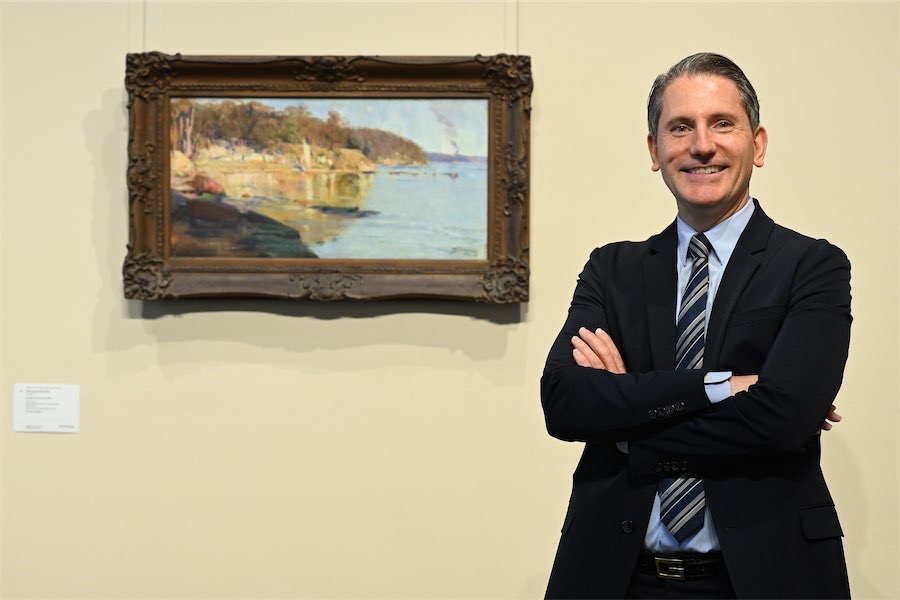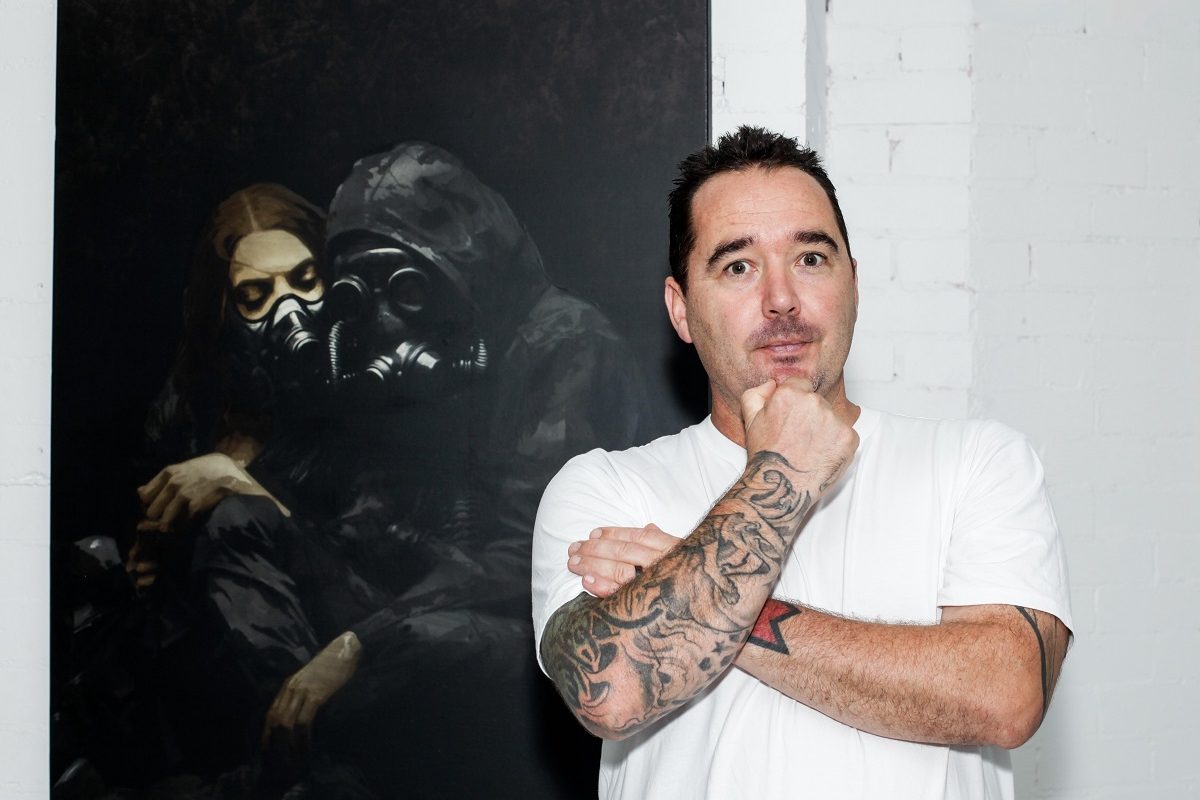
A POWERFUL retrospective of work by glass artist Kirstie Rea has just opened at the Canberra Museum and Gallery – and it raises questions as to whether there are times when glass is not glass.
Rea, born and bred in Canberra, has led many lives in many places, not least the great glass centres of Europe and the US, but she always comes home to Queanbeyan, where she lives and Pialligo, where she works.
These days she’s out and about a lot, photographing, walking around Mount Jerrabomberra, Molonglo Gorge or Namadgi National Park.
“It’s field work,” she says and, indeed, a major collaborative exhibition to be held in Wagga Wagga City Gallery next year will deal with the practice of walking.
A long-time worker in the press gallery at Parliament House, where her father was a senior journalist, Rea was a scribbler before she fell in love with stained glass and then, after a visit to the Victoria & Albert in London, the full gamut of the potential contemporary glass offers.
“Canberra and Queanbeyan are central to me, they are where I keep returning to, this is the area that I love,” Rea tells me.

“I’ve always loved places outside of the city, I love being able to access that easily,” she says, and in Canberra and Queanbeyan that is so possible.
“What I really enjoy when I’m standing on my back door looking out is that the air is so clear.”
Curator Mark Bayley, has subtitled the retrospective exhibition at the CMAG “The Land”, dividing the works on show into meaningful units with names such as “cultivation”, “harvest” and “furrow”, an indication of Rea’s respect for not just nature but what humankind does with it.
“As a child I always went on car trips outside the city… nowadays, Molonglo Gorge and Namadgi are so close, I can go walking a lot, I look for those little terrestrial native orchids – the gorge is full of them, beautiful ones,” she says.
Rea sets the scene by talking about place.
“Talking about a sense of place is so bandied around these days that people roll their eyes,” she says, but too bad, her work has always been inspired by place and ,as she gets into her senior years, it only gets better.
“I no longer aim for the summit, instead of walking on to the mountain I walk into it, I look very deeply.”
As for glass, she’s been absorbed in it for a long time, since 1974 she estimates, when she was entranced by the light in colour and stained glass.

It wasn’t until after a trip to London in 1980, when she saw an exhibition called “The 1979 New Glass Review Show” from Corning, that she thought glass might be her life.
“I was intrigued, I thought how’s this made? How’s that made?” she says.
On returning to Australia she found the first glass course at the Canberra School of Art was being advertised, signed up and came under the seminal influence of glass master Klaus Moje, under whom she was to become a student and a teacher.
We fast forward through Rea’s kaleidoscopic career, which includes a stint as the founding creative director of Canberra Glassworks, an administrative experience that she would rather not repeat, preferring to focus on creative work as she did when she became artist-in-residence at the same place during 2014.
Over the past five years Rea has created flowing-glass installations that suggest folded and hung fabric. Or it could be the way that she has combined glass with other materials, such as blades from a rake that she has used to evoke round bales of hay in the countryside.
“It doesn’t come from playing with the materials, it comes first with an idea,” she says.
“People sometimes refer to my recent work as drapery, I never intended that.”
“Kirstie Rea, the land: a 20 year survey”, Canberra Museum and Gallery until August 20.
Who can be trusted?
In a world of spin and confusion, there’s never been a more important time to support independent journalism in Canberra.
If you trust our work online and want to enforce the power of independent voices, I invite you to make a small contribution.
Every dollar of support is invested back into our journalism to help keep citynews.com.au strong and free.
Thank you,
Ian Meikle, editor




Leave a Reply